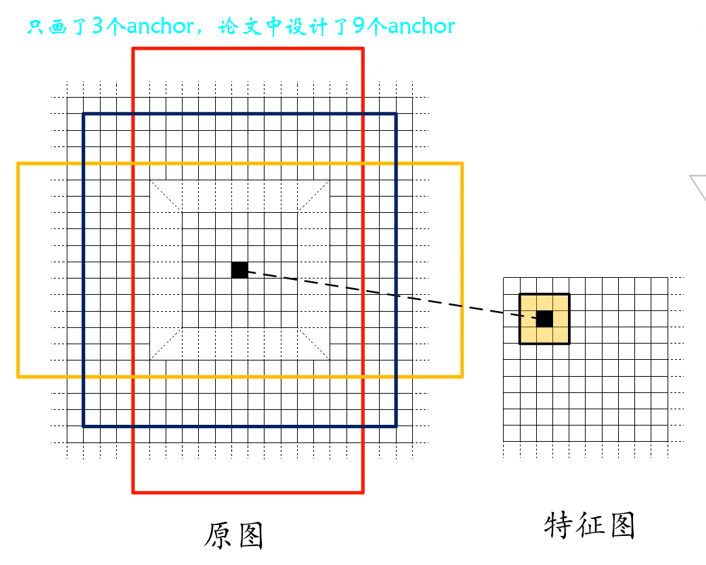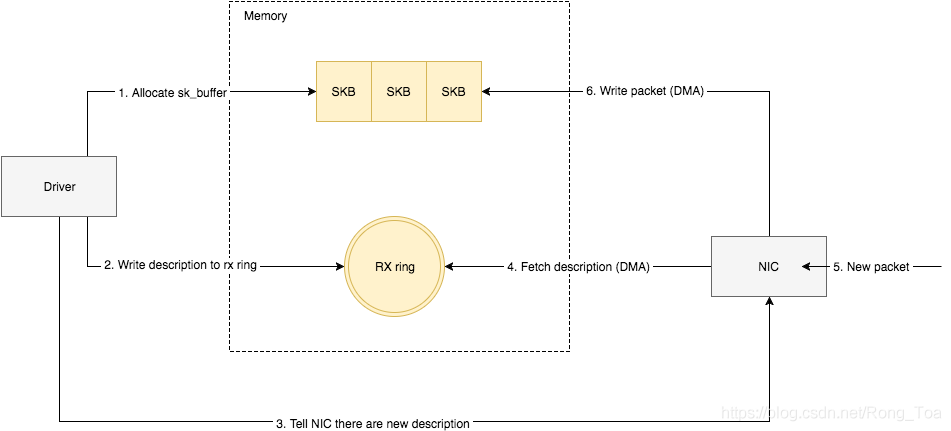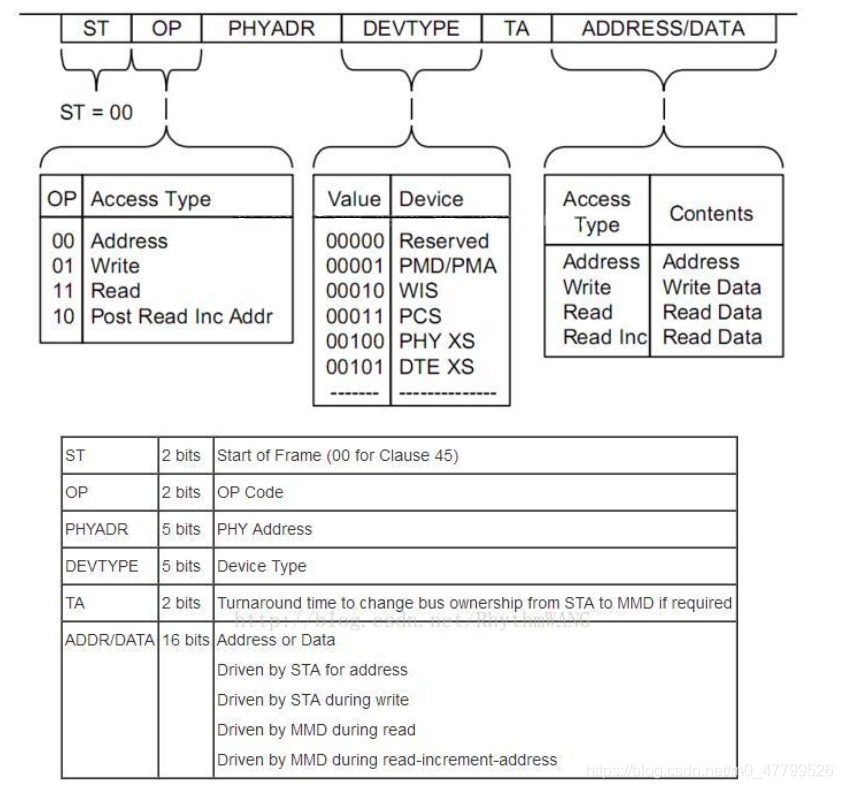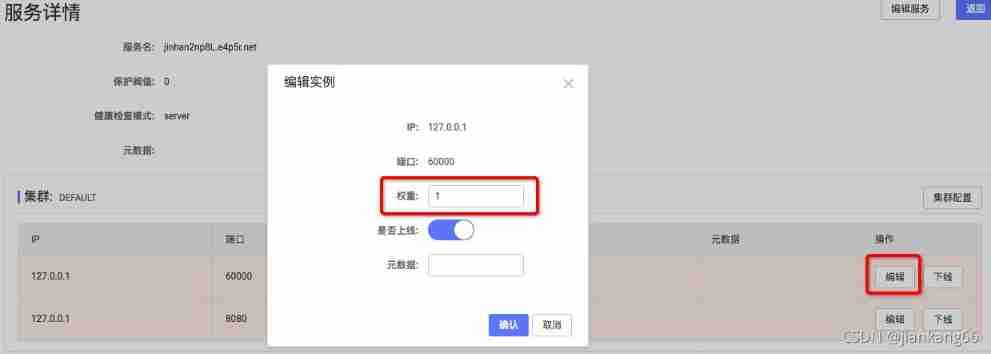当前位置:网站首页>The number of occurrences of numbers in the offer 56 array (XOR)
The number of occurrences of numbers in the offer 56 array (XOR)
2022-07-05 07:24:00 【BugMaker-shen】
List of articles
The number of occurrences of numbers in an array I

The finger of the sword Offer 56 - I. The number of occurrences of numbers in an array
The same number is XOR 0, Different XORs are 1,0 And any number is XOR equal to the number itself
therefore , All numbers in the array are XOR = Target two numbers XOR . Because these two numbers are different , So the XOR result must not be 0
Suppose the binary result of array XOR is 10010, Then it means that these two targets number from right to left 2 position bit Is different
Then you can use the second digit of all the numbers in the array bit by 0 perhaps 1 Divide the array into 2 individual
In this way, the target number must be scattered in different arrays , And the same number must fall in the same array
The numbers in these two arrays are XOR respectively , The result is the answer
class Solution {
public:
vector<int> singleNumbers(vector<int>& nums) {
int res = 0;
for(int val : nums){
res ^= val;
}
int index = 0;
while((res & 1) == 0){
// This loop is used to find which of the two target numbers bit Different , Use this bit Separate the two target numbers
// One of the XOR results bit by 1, Then it means that the two target numbers should bit Different
res >>= 1;
index++;
}
int num1 = 0;
int num2 = 0;
for(int val : nums){
// According to one bit Whether to group the same
if(((val >> index) & 1) == 1){
num1 ^= val;
}else{
num2 ^= val;
}
}
return {
num1, num2};
}
};
The number of occurrences of numbers in an array II
The number of occurrences of numbers in an array II

1. Method 1 : An operation
0 ^ x = x
x ^ x = 0
x & ~x = 0
x & ~0 = x
In limine a = 0,b = 0
x First appearance :a = (a ^ x) & ~b As the result of the a = x, At this time because a = x 了 ,b = (b ^ x) & ~a As the result of the b = 0;
x The second time :a = (a ^ x) & ~b, a = (x ^ x) & ~0,a = 0; b = (b ^ x) & ~a Simplification , b = (0 ^ x) & ~0 ,b = x;
x A third time :a = (a ^ x) & ~b, a = (0 ^ x) & ~x ,a = 0; b = (b ^ x) & ~a Simplification , b = (x ^ x) & ~0, b = 0
So three times the same number ,a and b It's all back to 0; Only once , According to the above x The law of the first time is known a = x,b = 0; So finally return to a
class Solution {
public:
int singleNumber(vector<int>& nums) {
int a = 0;
int b = 0;
for(int num : nums){
a = (a ^ num) & ~b;
b = (b ^ num) & ~a;
}
return a;
}
};
2. Method 2 : Count the bits in all binary representations

Create a length of 32 Array of countscounts , Through the above method, the of each binary bit of all numbers can be recorded 11 Number of occurrences of
int count[32] = {
0};
for(int num : nums){
for(int i = 31; i >= 0; i--){
// Index small subscript , Store in high position ; Index large subscript , Store in low position
count[i] += (num & 1);
num >>= 1;
}
}
take countscounts Each element pair 33 Seeking remainder , The result is “ A number that appears only once ” Each binary bit of
utilize Move left operation and Or operations , Can be counts The value of each binary in the array is restored to the number res On
for(int i = 0; i < 32; i++){
// When you recover , To recover from the high position , That is, start with a small subscript
ans <<= 1;
ans |= (count[i] % mod);
}

Use an array to count the bits in all binary representations , How many times 1 Write it all down , Finally, use the statistical data of this array to recover
for example :3,4,3,3
3 : 11
4 : 100
3 : 11
3 : 11
Array count Element is :[0,0,0,0,0,0,0,0,0,0,0,0,0,0,0,0,0,0,0,0,0,0,0,0,0,0,0,0,0,1,3,3]
On final recovery , Recover from high to low , Yes count Elements of array mod 3, Then restore
class Solution {
public:
int singleNumber(vector<int>& nums) {
int count[32] = {
0};
for(int num : nums){
for(int i = 31; i >= 0; i--){
// Index small subscript , Store in high position ; Index large subscript , Store in low position
count[i] += (num & 1);
num >>= 1;
}
}
int ans = 0;
int mod = 3;
for(int i = 0; i < 32; i++){
// When you recover , To recover from the high position , That is, start with a small subscript
ans <<= 1;
ans |= (count[i] % mod);
}
return ans;
}
};
actually , Just modify the remainder value m , It can be solved except for one number , The rest of the numbers appear m Time The general problem of
边栏推荐
- UNIX commands often used in work
- Basic series of SHEL script (III) for while loop
- Mathematical analysis_ Notes_ Chapter 8: multiple integral
- 纯碱是做什么的?
- I implement queue with C I
- Idea push project to code cloud
- Unconventional ending disconnected from the target VM, address: '127.0.0.1:62635', transport: 'socket‘
- Unity UGUI不同的UI面板或者UI之间如何进行坐标匹配和变换
- 2022.06.27_每日一题
- PowerManagerService(一)— 初始化
猜你喜欢

What if the DataGrid cannot see the table after connecting to the database

目标检测系列——Faster R-CNN原理详解

Target detection series - detailed explanation of the principle of fast r-cnn

网易To B,柔外刚中

PowerManagerService(一)— 初始化
![[software testing] 04 -- software testing and software development](/img/bd/49bba7ee455ce59e726a2fdeafc7c3.jpg)
[software testing] 04 -- software testing and software development

Ethtool principle introduction and troubleshooting ideas for network card packet loss (with ethtool source code download)

PHY drive commissioning --- mdio/mdc interface Clause 22 and 45 (I)
![When jupyter notebook is encountered, erroe appears in the name and is not output after running, but an empty line of code is added downward, and [] is empty](/img/fe/fb6df31c78551d8908ba7964c16180.jpg)
When jupyter notebook is encountered, erroe appears in the name and is not output after running, but an empty line of code is added downward, and [] is empty

Microservice registry Nacos introduction
随机推荐
selenium 元素定位
[untitled]
ORACLE CREATE SEQUENCE,ALTER SEQUENCE,DROP SEQUENCE
[idea] efficient plug-in save actions to improve your work efficiency
Altimeter data knowledge point 2
Miracast技术详解(一):Wi-Fi Display
Implementation of one-dimensional convolutional neural network CNN based on FPGA (VIII) implementation of activation layer
【Node】npm、yarn、pnpm 区别
(tool use) how to make the system automatically match and associate to database fields by importing MySQL from idea and writing SQL statements
2022 PMP project management examination agile knowledge points (7)
Matrix keyboard scan (keil5)
Today, share the wonderful and beautiful theme of idea + website address
Database SQL practice 3. Find the current salary details of the current leaders of each department and their corresponding department number Dept_ no
golang定时器使用踩的坑:定时器每天执行一次
Simple operation of nixie tube (keil5)
U-Boot初始化及工作流程分析
Simple operation of running water lamp (keil5)
docker安装mysql并使用navicat连接
Daily Practice:Codeforces Round #794 (Div. 2)(A~D)
Simple operation with independent keys (hey, a little fancy) (keil5)